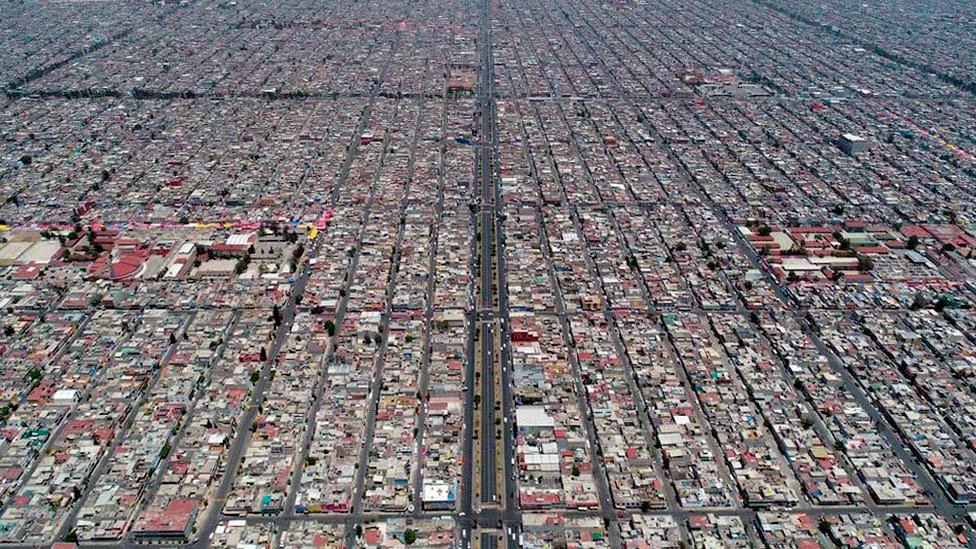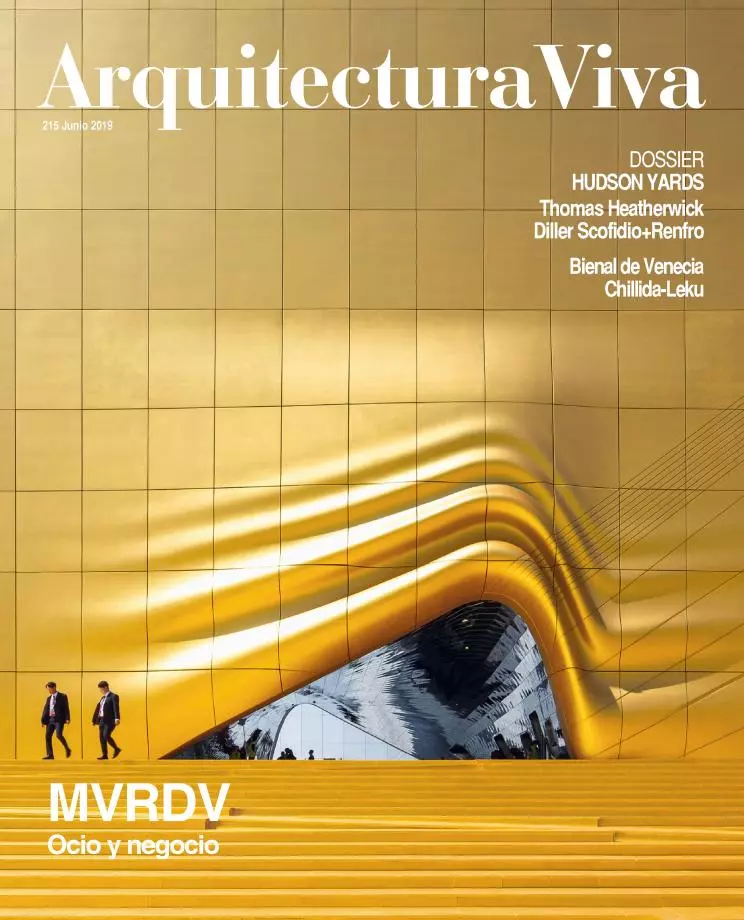
If a horizontal Babel exists, it has to be the City of Mexico. The biblical Tower of Babel was for a long time the emblem of the cupiditas aedificandi; and architects chose representations of its construction as symbols of their determination to surpass technical and theological limits. For some time now, the building urge has been better expressed by the indefinite spread-out of cities, in a sprawl over the territory that one might call a horizontal Babel, illustrated for decades through the night view of an endless Los Angeles, and now eloquently by Mexico City, to which the writer Juan Villoro has devoted a thrilling and indispensable volume.
Taking as title Drieu La Rochelle’s definition of the Pampa, El vértigo horizontal compiles 44 texts that combine the chronicle or the essay with the autobiography of one who in the course of sixty years has lived in some twelve different addresses, and who composes this pixelated portrait of his city superposing it on his own life’s journey in the manner of a palimpsest. This labyrinth of memory is playfully ordered in six itineraries that groups texts thematically, and each one is associated with the logo of a station in a diagram that echoes the map of Mexico City’s subway, about which the author wrote the first of these essays twenty-five years ago.
Villoro suggests that readers choose the routes that most interest them, and this makes it obligatory to mention Rayuela, which also suggested different reading paths; and the accumulation of motley materials makes the writer of the foreword believe that the work is indebted to The Arcades Project. Julio Cortázar and Walter Benjamin in fact appear in the narrative, but the book’s kaleidoscopic approach has little to do with experimental fireworks or with a bibliothecarian collage: its meticulous intertwining of nostalgia with social or political chronicle is more evocative of the Roma of Alfonso Cuarón or the Battles in the Desert of José Emilio Pacheco, a ‘child of Colonia Roma’ who is mentioned in several chapters of El vértigo horizontal, and described as the “best critic of progress in 20th-century Mexican literature.”
The vertigo that the unstoppable growth of the city produces in Villoro does not however make him hostile to progress, however much he pursues small redoubts within the xxl-scaled urb he looks upon with the gaze of Rem Koolhaas, but knowing that his own is closer to that of Don DeLillo, Peter Handke, or W.G. Sebald; and all the while exploring the ‘vertical voracity’ of the Mexican capital through the high-rises of Mario Pani, Pedro Ramírez Vázquez, Teodoro González de León, or César Pelli.
The young Villoro in uniform lies to a young woman he is courting, assuring her that he intends to study architecture, and the great writer he has become tricks his readers by pretending to be puzzled by a city he understands better than any urban planner. We routinely talk about Döblin’s Berlin or Joyce’s Dublin in the same way that, more recently, we refer to Padura’s Havana or Mendoza’s Barcelona. After this extraordinary mosaic, I cannot help thinking of ‘Villoro’s City of Mexico’ as the best representation of that fascinating horizontal Babel.






